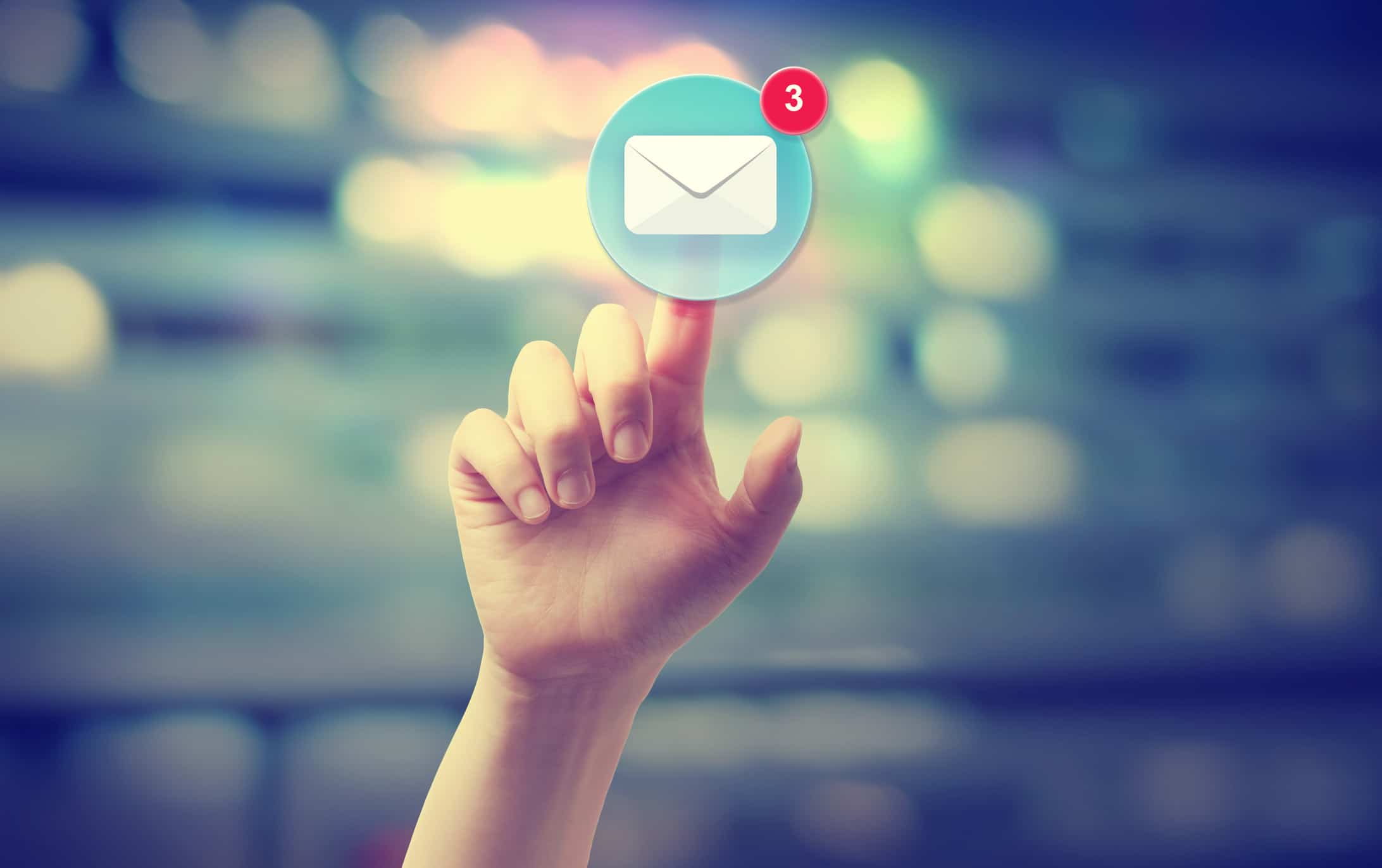Apple will implement Mail Privacy Protection in iOS 15, it’s a new feature that prevents emails from being tracked by marketers through an Email Marketing Platform and diminishing email open rate accuracy. Essentially, this update will make it difficult to obtain accurate open rates from email subscribers that use Apple Mail.
To prepare for these iOS 15 changes and how this will (or will not) impact your marketing, below is a recap of the on-demand Emarsys webinar: Apple Is Making Significant Changes with iOS 15… So How Will Your Marketing Change?
How Accurate Are Open Rates?
Since 2013, as many as 30% of emails sent to Gmail may have been inaccurately attributed as opened. Why? Because Google set up proxy servers to open emails, informing Email Marketing Platforms that an email was opened, even though the recipient may NOT have opened it.
Since Apple Mail is between 11-13% of the email market, open rates are going to be even more unclear due to the upcoming Mail Privacy Protection.
In essence, open rates have been subject to inaccuracy for the past eight years due to Google’s attribution methods. As Gmail has 18% of the email client market, you may have experienced inaccurate open rates for some time now, unbeknownst to you.
The Death of Email?

As we uncovered last Black Friday, email still reigns supreme as an effective marketing channel. According to our platform data, marketers sent 834 million promotional emails in the lead up to Black Friday, 21% more than the previous year. There was also a 12% increase in email click-throughs compared to 2019.
The death of email has been long exaggerated. Email is going strong, especially when combined with an omnichannel strategy that marketers can leverage to connect with customers across all devices, to provide unique 1:1 real-time experiences.
The real winner with email is it has a 44x ROI. It’s amazing that you can spend $1 on email and expect $44 in return.
With regulations such as GDPR in Europe, the USA’s CCPA, and Singapore’s PDPA, marketers who continually adjust and adapt their strategies to include an omnichannel approach continue to dominate their competitors who have yet to implement such a strategy. This was evident through the lockdowns of last year as brands with a digital-first approach thrived.
iOS 15 Only Affects Email Open Rates?
The upcoming iOS 15 includes more than just Mail Privacy Protection. Apple announced they’ll be offering iCloud+, which provides services such as Hide My Email and iCloud Private Relay.
Hide My Email
Apple describes Hide My Email as providing Apple Mail users with the ability to “instantly generate unique, random email addresses that forward to your personal inbox — so you don’t have to share your real email address when filling out a form on the web or signing up for a newsletter.”
Basically, this service makes it tricky for marketers to connect a customer, and their behavior, to an email address in order to provide a unique experience.
iCloud Private Relay
According to Apple, the iCloud Private Relay allows anyone to “browse with Safari in an even more secure and private way. It ensures that the traffic leaving your device is encrypted and uses two separate internet relays so no one can use your IP address, location, and browsing activity to create a detailed profile about you.”
Essentially this new feature allows anyone to stay anonymous across their web behavior, so long as they use Safari.
Both of these new features bundled with iCloud+ are challenges for marketers… but they’re solvable.
What Should You Do?
Changes are ever-present in marketing. These latest features from Apple should come as no surprise as consumers have long advocated better control over their personal data. Putting privacy controls in the hands of consumers (rather than the companies) is a good thing.
It’s important to let customers know what’s going on and how it might impact them. For example, you may wish to send a dedicated email to your customers outlining these upcoming changes, or you can even place a pop-up on your site that connects to a specific segment of users (those using the Safari browser), informing them of upcoming changes.
The key here is to be proactive and clear with how you’re using customer data. Don’t surprise customers with all these new changes once they happen. Inform them beforehand.
Final Thoughts
“Consumers still, at the end of the day, want relevant, personalized content. That has not changed.”
Your customers want to hear from you… that’s why they signed up for your email, follow you on social, and continue browsing your site and your app. By focusing on more than just one metric such as email open rates, you can use your customer’s purchase frequency, their average order value, their lifetime value, and many other metrics to continue providing unique 1:1 experiences for every customer.
And keep in mind, although email is still a critical channel, your brand must not rely on just one channel to drive revenue. You must be channel agnostic so you can capture the rich first-party data customers provide in order to serve them better.
Handpicked Related Content












